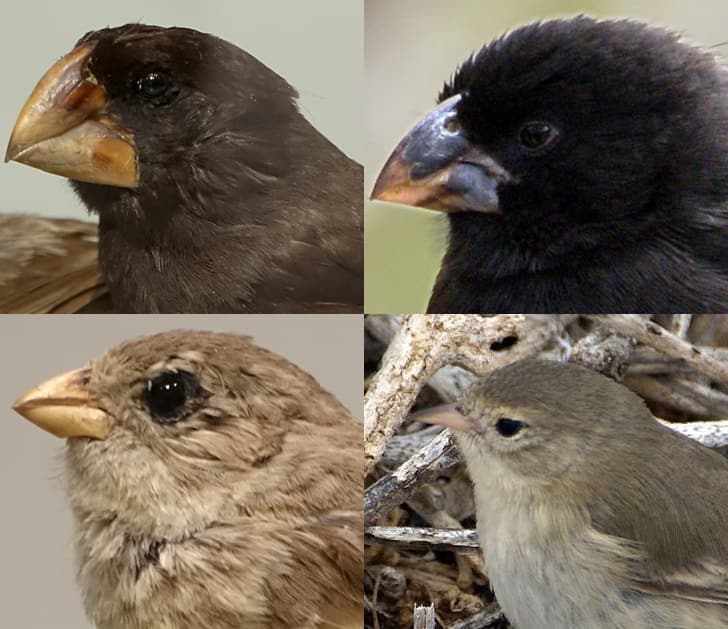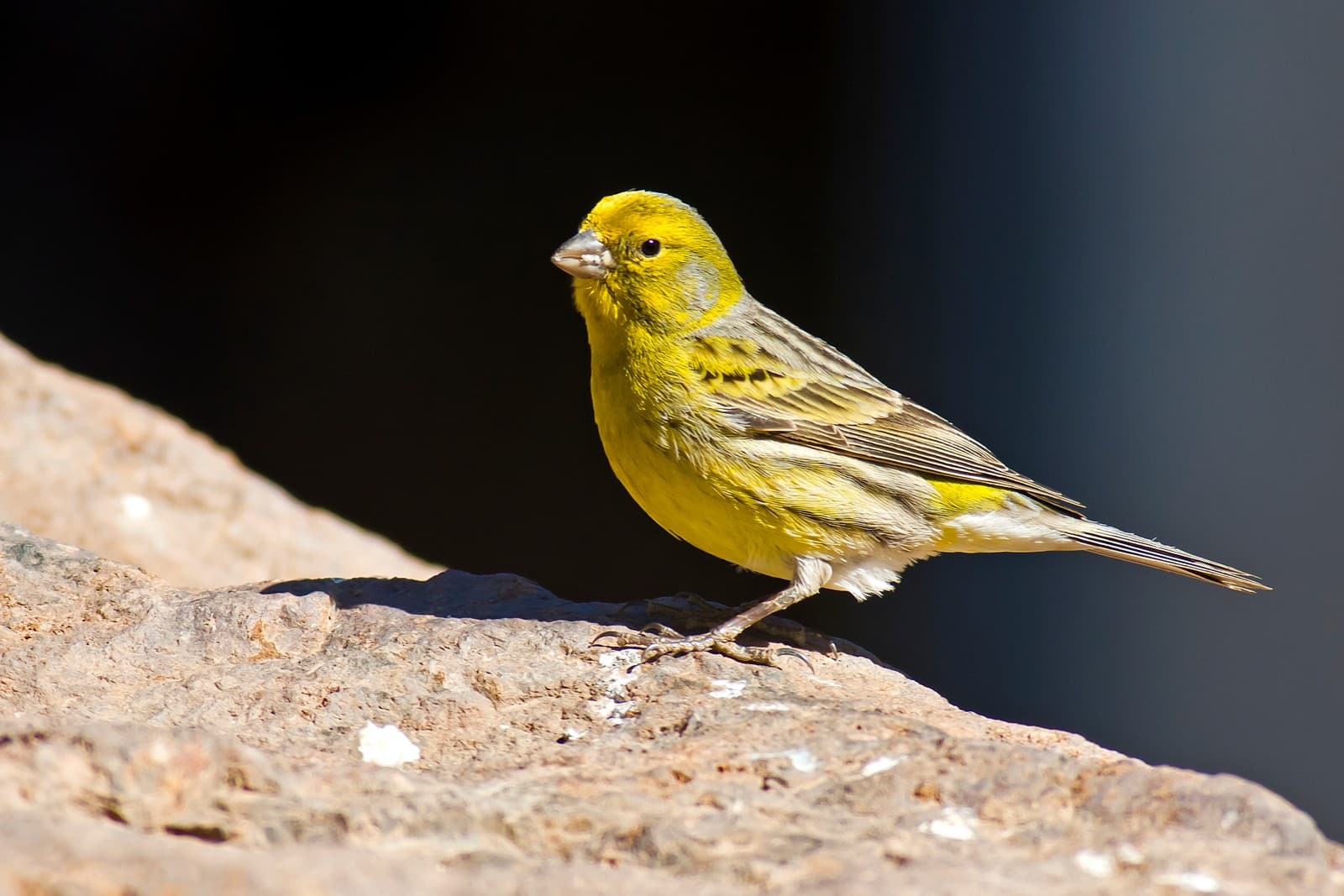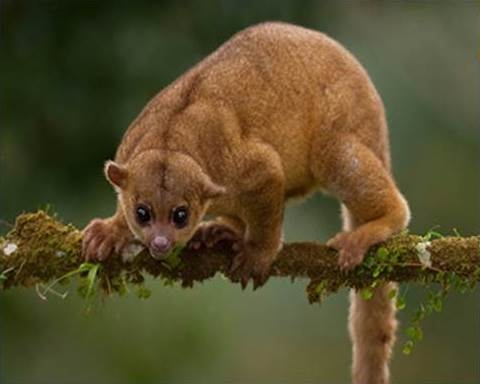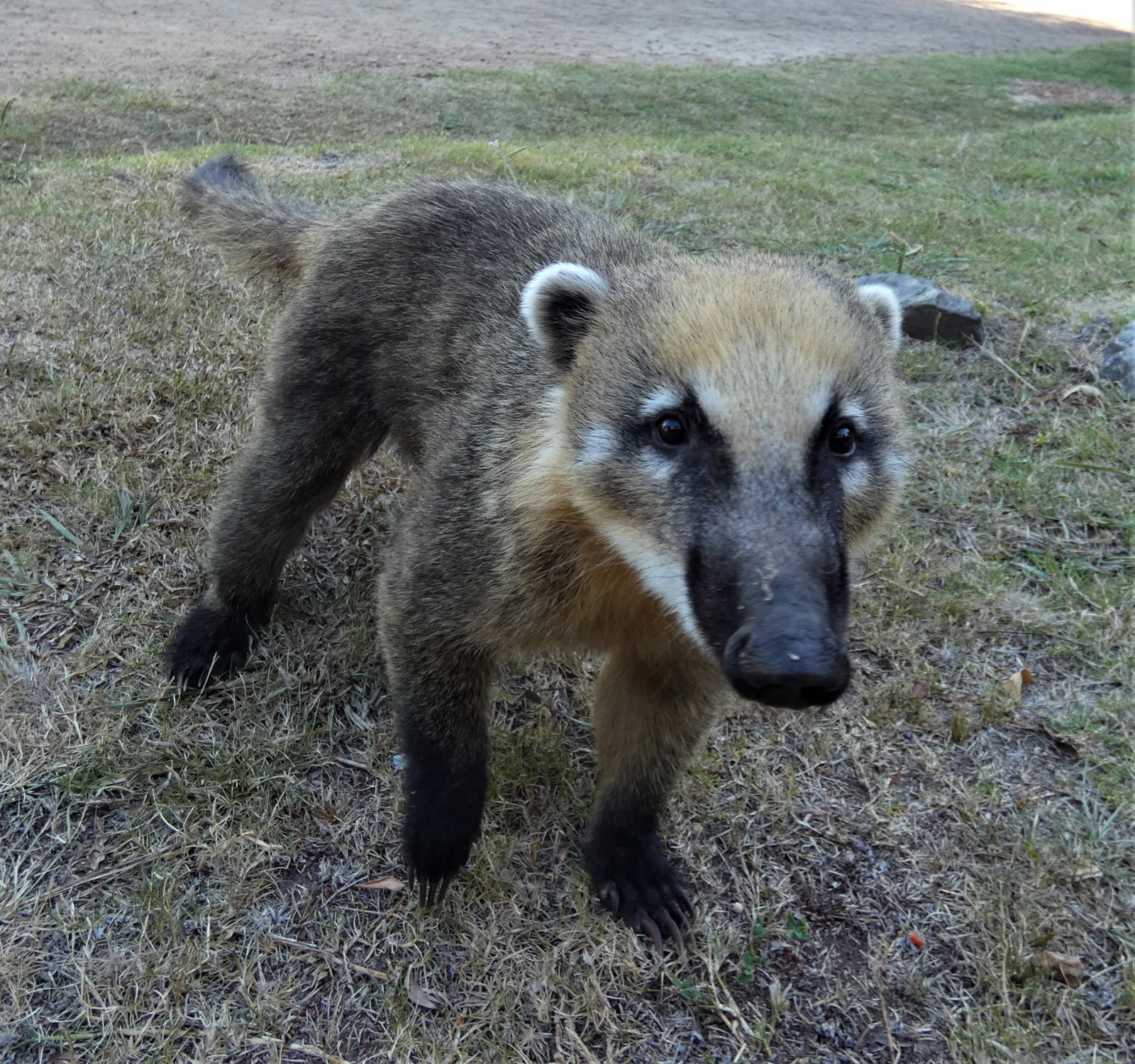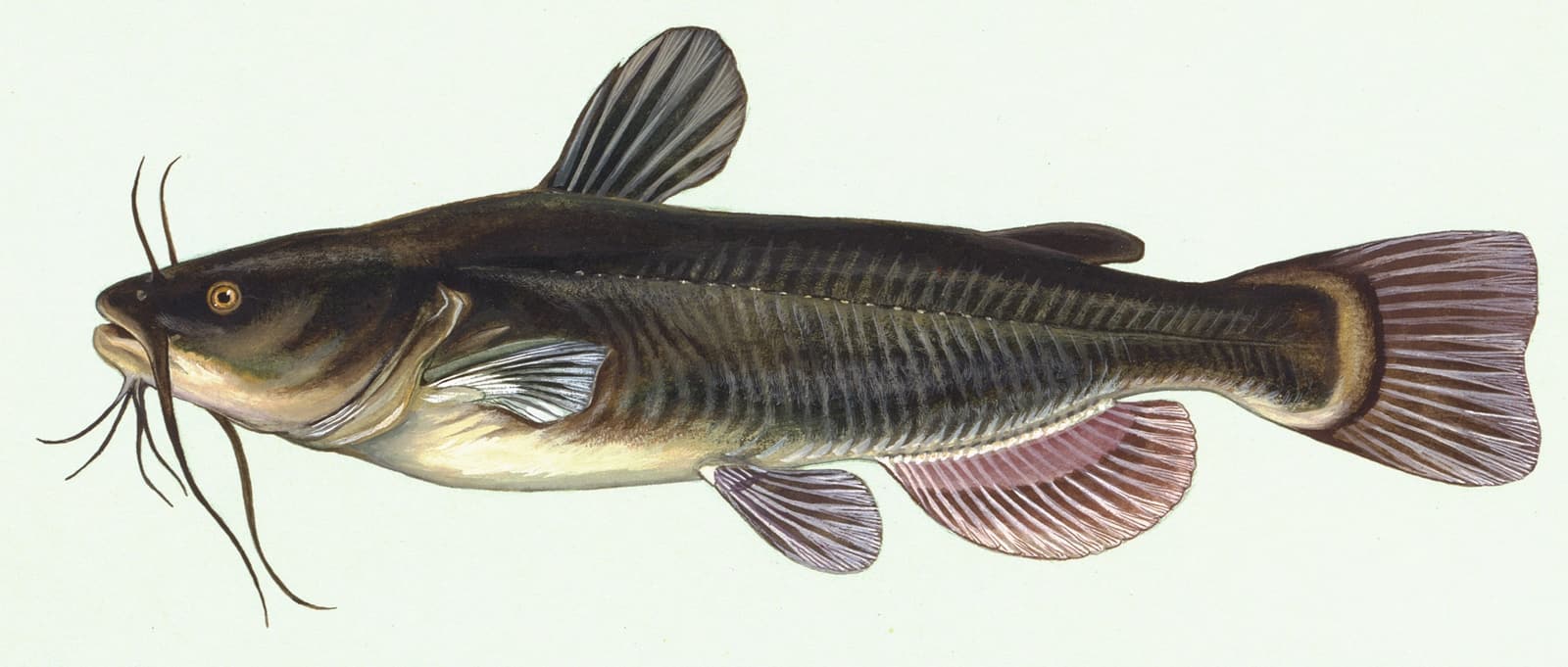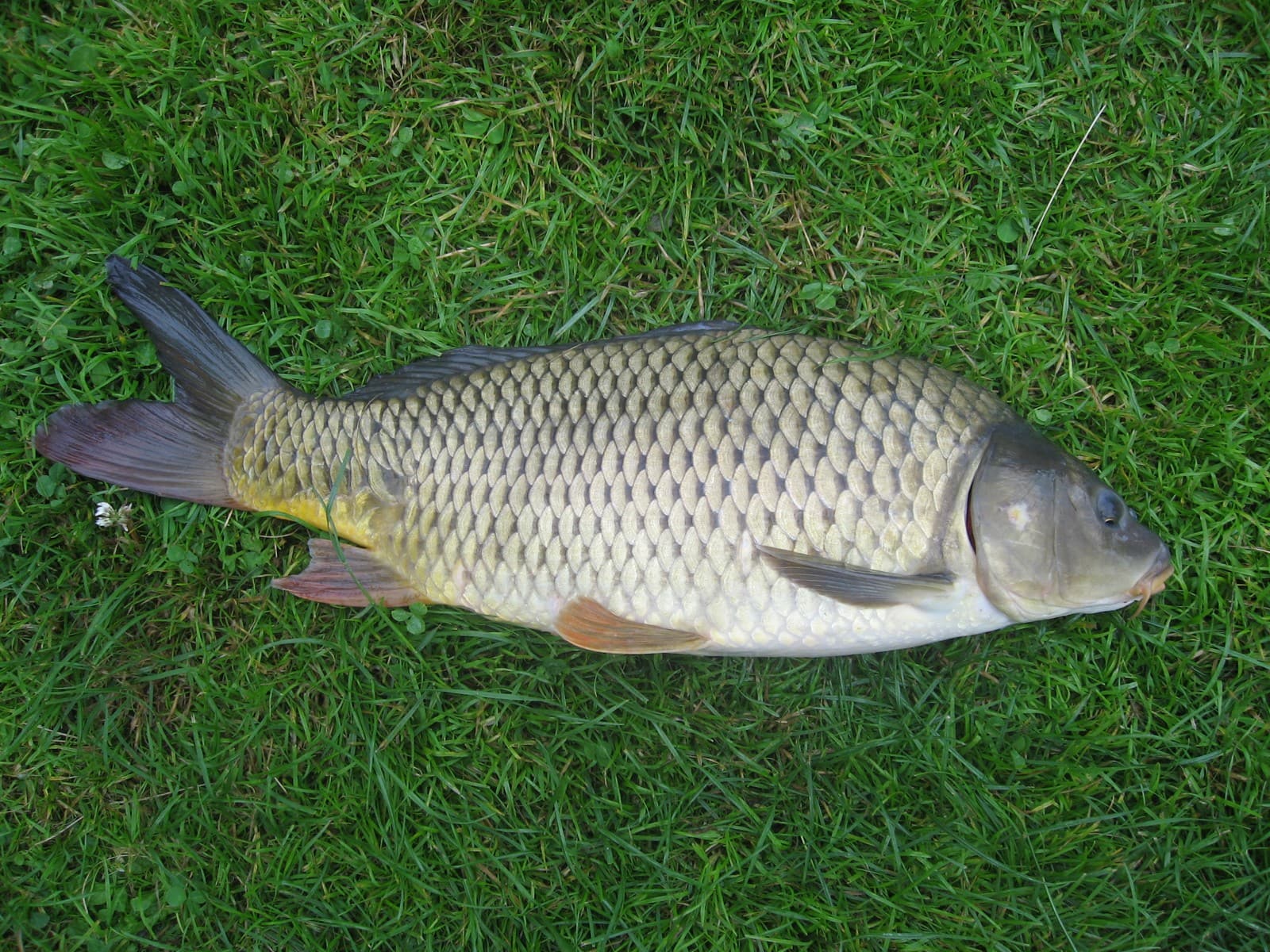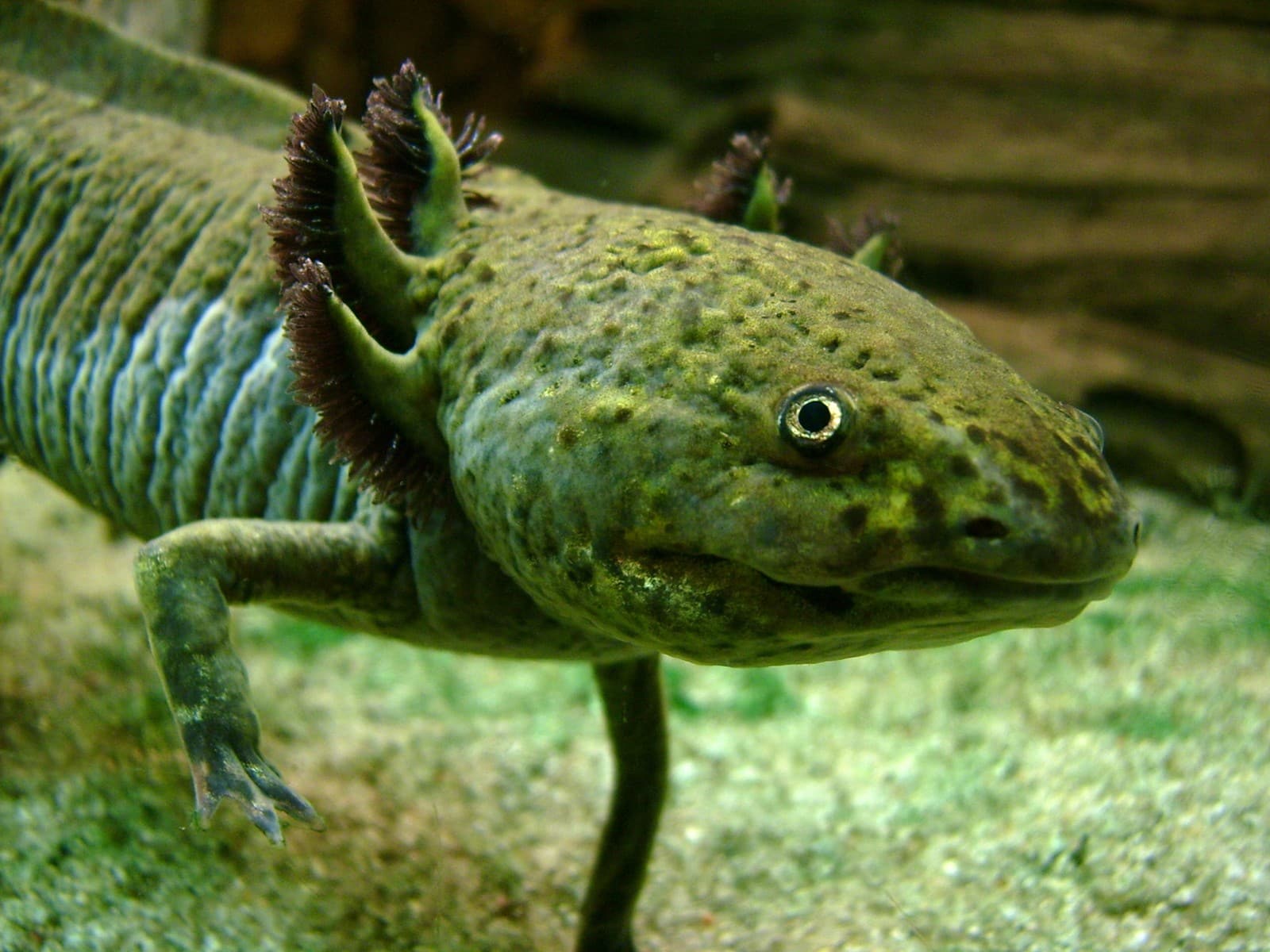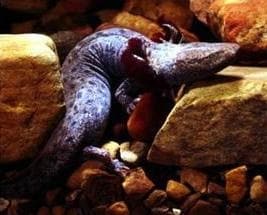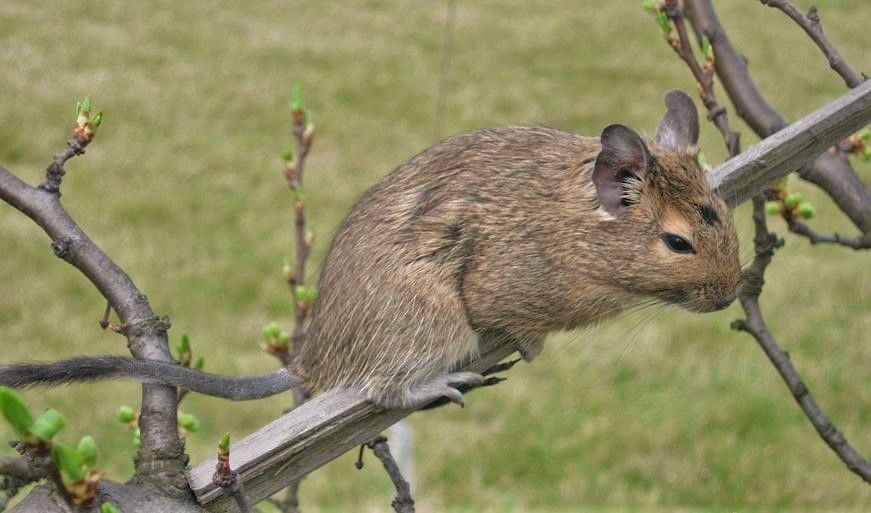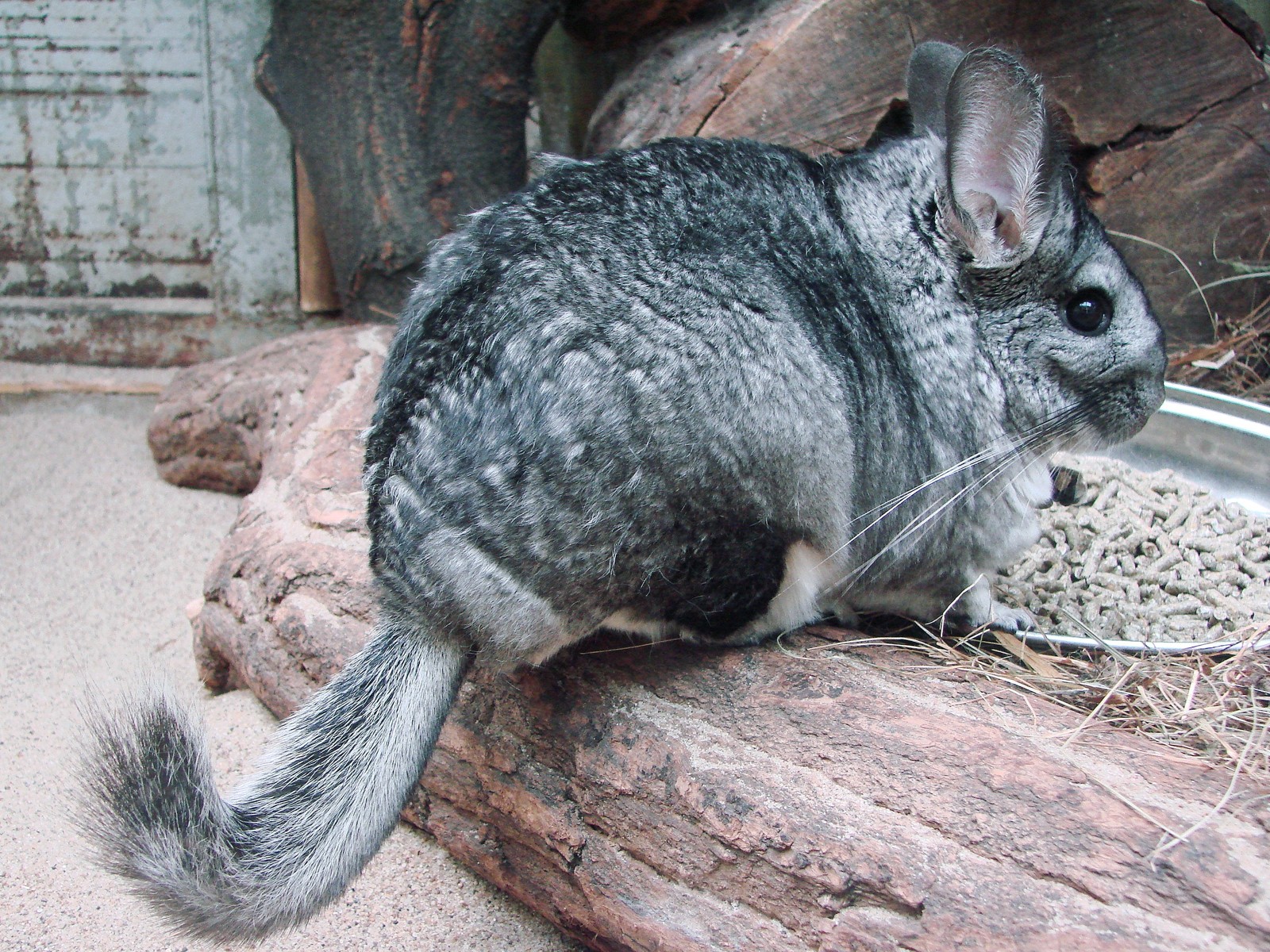Sparrow vs Finch: A Complete Comparison
While sparrows and finches might look similar at first glance, these common backyard birds have distinct characteristics that set them apart. Sparrows tend to be slightly larger, measuring 5.5-7 inches (14-18 cm) in length, while finches are more compact at 4-6 inches (10-15 cm). The most notable difference lies in their beak shape: finches have shorter, more conical beaks perfectly adapted for cracking seeds, while sparrows possess broader, more robust beaks suited for a varied diet.
These differences reflect millions of years of evolution, with each species adapting to specific ecological niches. Understanding these distinctions helps both backyard birders and researchers better appreciate the remarkable diversity of our feathered neighbors.
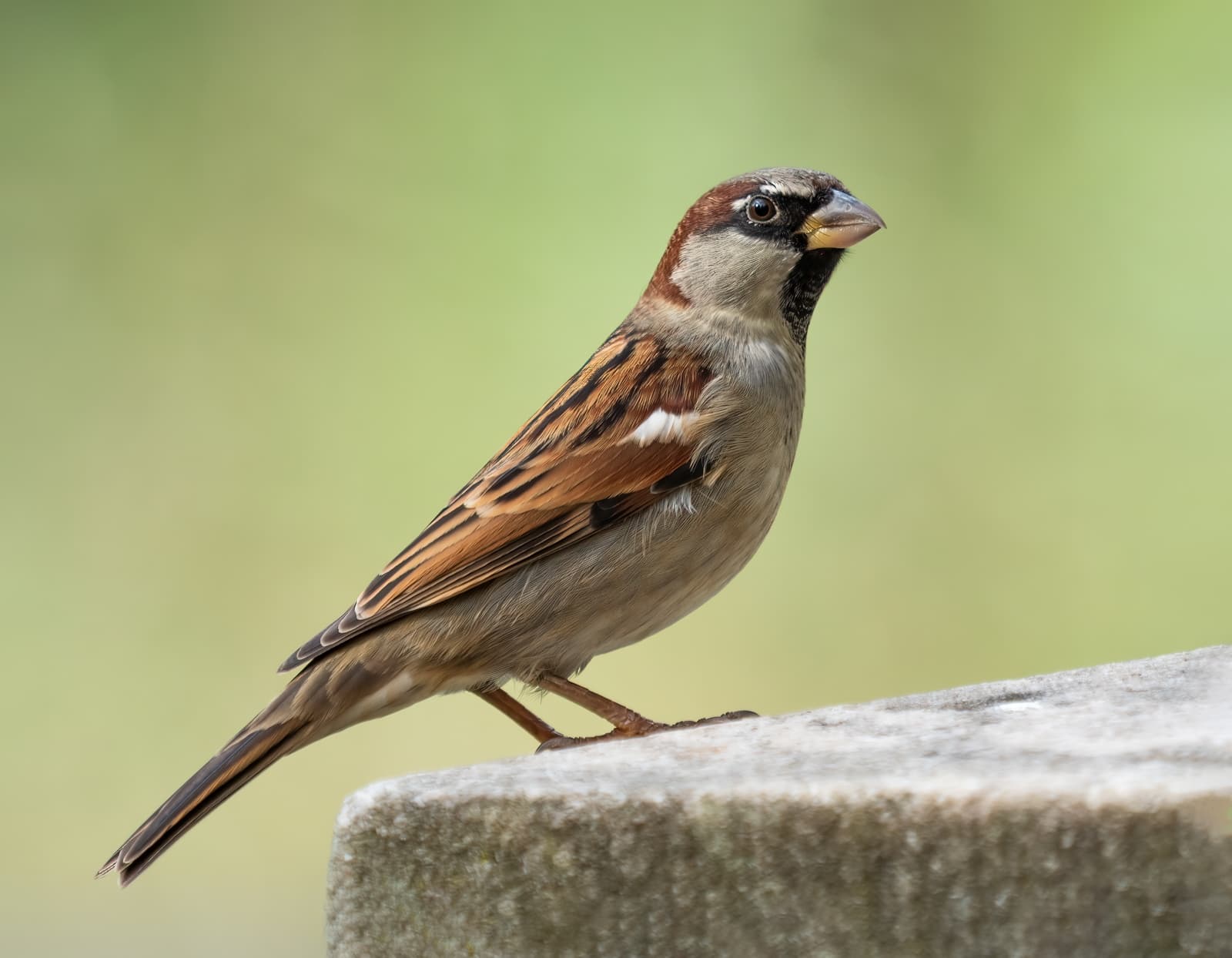
© Rhododendrites / CC BY-SA 4.0
The House Sparrow exemplifies the typical sparrow build, with its robust frame and distinctive brown-streaked plumage. Note the characteristic thick beak and stocky body shape that distinguishes sparrows from their finch cousins.
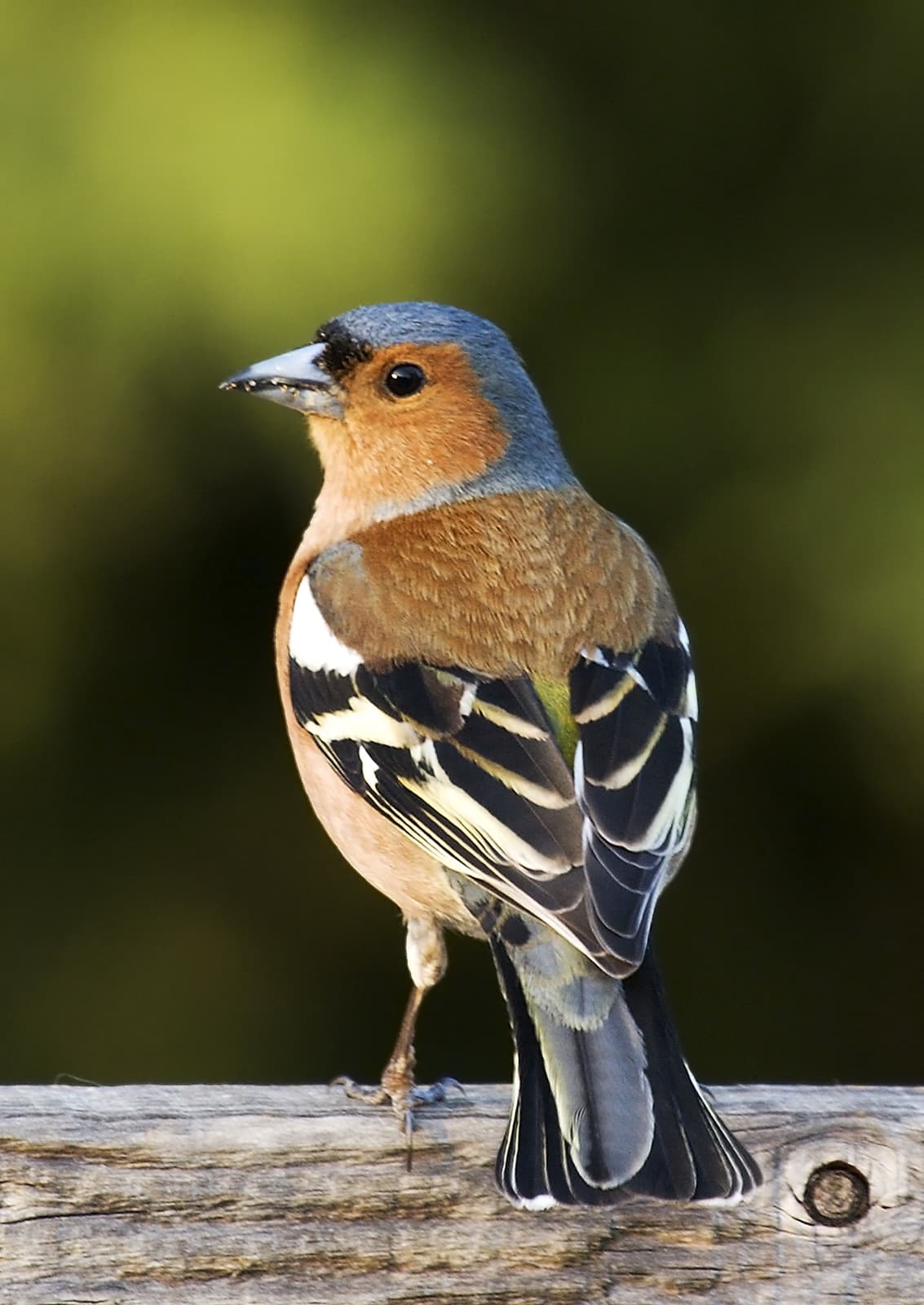
© MichaelMaggs – Edited (sharpened, down-sampled, contrast corrected, noise removed) by: Arad / CC BY-SA 2.5
The Common Chaffinch demonstrates classic finch features, including the more compact body shape and shorter, more pointed beak specialized for seed-eating. Notice the brighter plumage and more refined appearance compared to sparrows.
Key Differences Between Sparrows and Finches
| Feature | Sparrow | Finch |
|---|---|---|
| Size | 5.5-7 inches (14-18 cm) | 4-6 inches (10-15 cm) |
| Beak Shape | Broader, more robust | Short, conical, pointed |
| Diet | Omnivorous: seeds, insects, food scraps | Primarily seeds and small fruits |
| Habitat | Urban areas, farmland, gardens | Woodlands, gardens, fields |
| Social Behavior | Highly social, forms large flocks | Smaller flocks, more selective grouping |
| Flight Pattern | Direct, bouncing flight | Undulating, wave-like flight |
Habitat and Distribution
Sparrows have adapted remarkably well to human environments, thriving in urban settings and agricultural areas worldwide. These hardy birds can be found on every continent except Antarctica. Finches, while also widespread, tend to prefer more natural settings like woodlands, meadows, and garden areas with abundant seed-producing plants.
Feeding Habits and Diet
The dietary preferences of sparrows and finches reflect their evolutionary adaptations. Sparrows are opportunistic feeders, consuming:
- Various seeds and grains
- Insects and small invertebrates
- Human food scraps
- Young plant shoots
Finches maintain a more specialized diet focused on:
- Small seeds, especially from thistle and sunflower
- Tree buds and fruits
- Occasional insects during breeding season
Behavioral Differences
While both species are social, their interaction patterns differ significantly. Sparrows form large, noisy colonies and often display aggressive behavior when competing for food or nesting sites. Finches, though social, maintain smaller, more organized flocks and show less aggressive tendencies.
Nesting and Breeding
Sparrows typically construct messier nests using various materials like straw, feathers, and paper scraps. These nests are often wedged into building crevices or dense shrubs. Finches create more elaborate, cup-shaped nests primarily from fine plant fibers and spider webs, usually placed in trees or tall bushes.
Conservation Status
Most sparrow and finch species face similar environmental challenges, though urban-adapted sparrows generally maintain stable populations. Some finch species, particularly those with specialized diets or habitat requirements, face greater conservation concerns due to habitat loss and climate change.
Tips for Identification
To distinguish between sparrows and finches, observe these key features:
- Beak shape and size
- Overall body proportions
- Flight pattern
- Social behavior
- Preferred feeding locations
Understanding these differences not only aids in identification but also helps create better backyard habitats for these fascinating birds.
